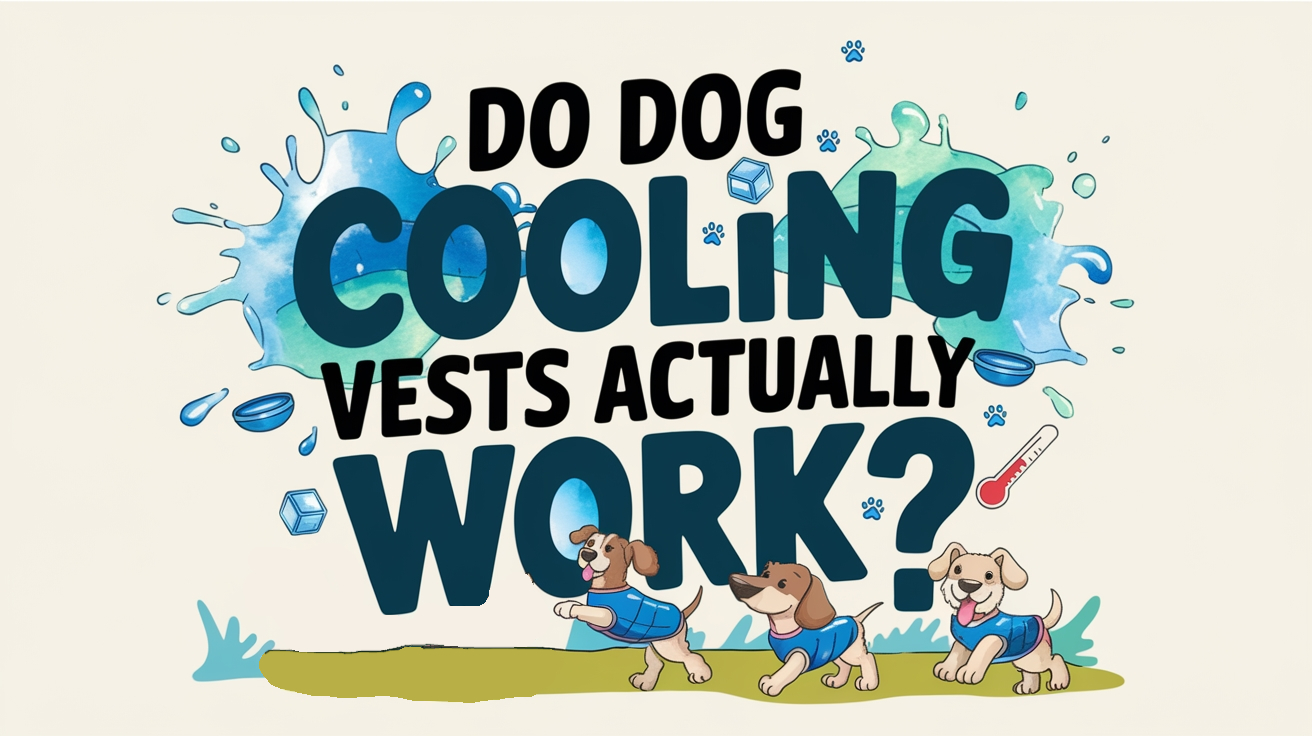Imagine your dog suffering from an infestation that could’ve been easily prevented. Keeping fleas and ticks away requires consistent effort and effective strategies.
From selecting the right products to maintaining a clean environment, every step counts. It’s important to ensure your dog stays safe indoors and outdoors.
Here are essential tips to help protect your pet from these annoying pests.
Key Takeaways
- Use effective preventative products like Isoxazoline medications, and consult a vet if your dog has a history of seizures.
- Regularly groom and inspect your dog for fleas and ticks, paying special attention to areas around the ears and collar.
- Maintain a clean environment by vacuuming frequently and washing pet bedding in hot water to get rid of any flea or tick eggs.
- Minimize exposure to fleas and ticks by sticking to well-maintained trails and avoiding tall grass during outdoor activities.
- After hiking, conduct thorough checks on your dog for signs of infestation and monitor for any unusual behavior or discomfort.
Understanding Flea and Tick Life Cycles
Fleas thrive in warm, humid settings, laying up to 50 eggs daily that settle in carpets or grass. Larvae feed on flea feces before becoming pupae that can survive months. Once fed, adult fleas quickly resume reproduction. Ticks develop through four stages—egg, larva, nymph, and adult—each requiring blood meals, increasing disease risk. They prefer cool, shaded areas like tall grasses. Understanding these life cycles helps in effective prevention through yard maintenance and regular monitoring to protect your dog.
Choosing the Right Preventative Products
Selecting appropriate preventative products for your dog supports their health. Compare active ingredients that suit your dog’s needs and lifestyle. Consider isoxazolines like Bravecto or Nexgard for effective flea and tick elimination, but check with your vet regarding seizure history. Topical treatments and collars offer convenience, though verify ingredient safety, especially in households with cats. Assess regional parasite risks, your dog’s age and weight when choosing protection. Maintain year-round prevention for complete flea and tick management, prioritizing safety and effectiveness.
Regular Grooming and Inspections
Regular grooming and inspections are essential for keeping your dog free from fleas and ticks. Effective grooming techniques, like daily brushing, help remove loose hair and debris while allowing for the early detection of parasites. This routine not only keeps your dog looking great but also makes inspections simpler. Make it a habit to inspect your dog weekly during grooming sessions, checking for flea dirt or bites. Consistent grooming prevents matting, which can harbor pests and complicate detection. By maintaining this inspection frequency, you’ll take proactive steps to protect your dog from unwanted parasites, ensuring a healthier and happier life. Additionally, regular grooming aids in flea and tick prevention, supporting your dog’s overall health.
Maintaining a Clean Living Environment
To effectively prevent fleas and ticks, it’s important to maintain a clean environment for your dog. Regularly vacuum carpets and upholstery, and wash your pet’s bedding in hot water each week. Keeping your yard well-maintained also helps deter these pests from settling in your outdoor spaces. Eliminating parasites from pets significantly reduces the risk of entering living spaces.
Regular Vacuuming Practices
Maintaining a clean living environment is essential for effective flea and tick prevention, with vacuuming being a key part of this process. Focus on high-impact areas like carpets, upholstered furniture, and your dog’s favorite resting spots. Increase your vacuuming frequency, particularly during peak flea seasons or after outdoor activities, to prevent potential infestations. Use techniques such as narrow nozzles for crevices and upholstery brushes to effectively eliminate fleas. For deep cleaning, consider steam cleaning to disrupt the flea lifecycle. After vacuuming, immediately dispose of debris outside your home and avoid reusing bags to minimize contamination. These practices will help create a healthier space for you and your dog.
Wash Pet Bedding
After implementing thorough vacuuming practices, it’s essential to focus on another key aspect of flea and tick prevention: washing your pet’s bedding. Use hot water (at least 140°F) with a mild detergent to effectively eliminate fleas at all life stages. Wash your pet’s bedding every 2-3 weeks to disrupt their life cycles. For severe infestations, consider replacing the bedding entirely. Air-dry the bedding after washing to prevent reinfestation. To enhance cleanliness, soak collars and harnesses in hot water with dog shampoo. Always consult your vet regarding specific detergents, especially if considering insecticidal options. Keeping your dog’s sleeping environment clean is vital for their health and comfort.
Yard Maintenance Tips
While you may think that your efforts inside the home are enough to keep fleas and ticks at bay, regular yard maintenance is vital for creating a safe living environment for your dog. Mow your grass frequently to reduce tick habitats and trim shrubs that provide shade for fleas. Clearing away leaf debris and organic material helps break the flea life cycle. For effective pest control, consider using organic methods such as cedar mulch and diatomaceous earth to deter these pests naturally. Avoid overwatering your yard to prevent damp conditions where fleas thrive. Regularly inspecting your yard and reapplying treatments seasonally is essential to maintain a proactive approach to flea and tick prevention. Your commitment ensures a safer outdoor space for your dog.
Outdoor Safety Tips for Dogs
When you’re out with your dog, stick to well-maintained trails and avoid tall grass where ticks and other pests thrive. This minimizes exposure to fleas and ticks and protects your dog from harmful plants and wildlife. Keeping to clear paths ensures a safe and enjoyable outdoor experience for both of you. Additionally, consider using monthly oral preventatives to further safeguard your dog from potential tick-borne diseases.
Avoid Tall Grass
To keep your dog safe from fleas and ticks, avoid tall grass during outdoor outings. Tall grass can harbor these pests, increasing the risk of infestations. Regularly mowing your lawn can help maintain a medium grass height while preserving beneficial insects. Check for tall grasses along trails or in parks, as they provide hiding spots for ticks and fleas. By practicing these precautions, you significantly reduce your dog’s exposure to harmful parasites. Maintaining a tidy yard not only deters fleas and ticks but also promotes a healthier environment for your dog. In fact, a single flea can multiply to 1,000 fleas in just 21 days, highlighting the importance of preventive measures. These simple practices can help ensure a safer outdoor experience.
Stay on Trails
Staying on designated trails during outdoor activities is essential for keeping your dog safe from fleas and ticks, as these pests often thrive in off-path environments. Following trail etiquette helps prevent wildlife encounters and ensures a positive outdoor experience. Always keep your dog on a leash for better control, especially in areas where wildlife may be present. Additionally, be sure to check trail regulations regarding dog access and leash requirements, as compliance helps maintain safety and enhances your outing.
| Trail Safety Tips | Notes |
|---|---|
| Stay on designated trails | Reduces flea and tick exposure |
| Use a leash | Prevents wildlife encounters |
| Step aside for others | Supports trail etiquette |
| Follow leash rules | Compliance with park regulations |
| Check for pests post-hike | Ensures a flea and tick-free dog |
Monitoring for Signs of Infestation
Monitoring for signs of flea and tick infestations is crucial for your dog’s health and comfort. Begin by identifying symptoms such as excessive itching, scratching, or biting. Behavioral changes, like restlessness or increased nighttime activity, may signal discomfort. Check for physical indicators, including flea dirt in their fur or hot spots on their skin, and inspect for ticks near the ears or collar. Specific signs of fleas may also be present, such as adult fleas scurrying or jumping in your dog’s fur. Blood spots on bedding or tapeworm segments near your dog’s anus can also be signs of an infestation. Regularly examine grooming tools and your home for flea eggs or larvae. Early detection is key to preventing larger infestations and ensuring your dog remains happy and healthy.
Selecting effective preventative products for your dog promotes good health. Compare active ingredients to match your dog’s needs and lifestyle. Consider isoxazoline medications like Bravecto or Nexgard for quick flea and tick elimination, but check with your vet if your dog has seizure history. Topical treatments or collars offer convenience, but verify ingredient safety, especially with cats present. Account for regional parasite risks, dog’s age and weight when choosing protection. Maintain year-round prevention for complete flea and tick control, prioritizing safety and effectiveness.



